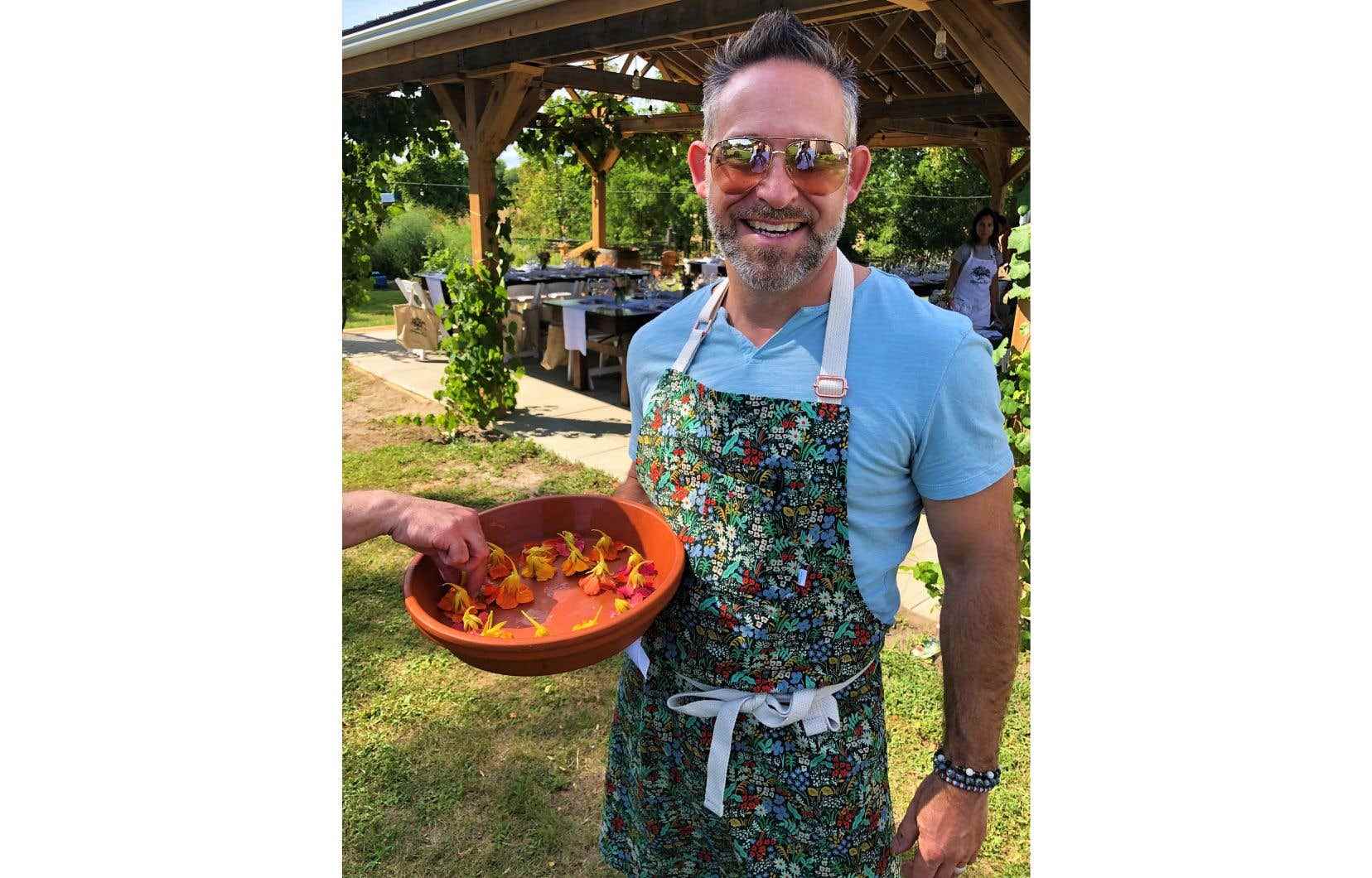You’ve probably experienced a tasting menu at one of your favorite restaurants. Three, four, five or six dishes skilfully paired with wines without which everything goes to hell. If a single dish is badly accompanied, imagine a string of dishes orphaned by their faithful companions versed in the art of lubricating the food bolus! A real grain of sand in the gears.
The dish is to wine what the appetite is to the tasting menu: a must. Besides, doesn’t appetite come with eating?
Chef in the kitchen and sommelier at the neck
A recent trip to Ontario made me put my feet under the table of chef Jason Bangerter, officiating at the very chic Relais & Château Langdon Hall in Cambridge, who had traveled to Prince Edward County for the occasion during a winegrower’s lunch. . A rustic table just as teeming with fresh local produce as it is expertly tuned by this young cook with the Irish look of singer Bono (or Pierre Poilievre for the most conservative).
To say it without spoiling your appetite: eight wine and food pairings, each step of which not only did not make you regret the previous one, but stirred up the next one in an aerial ballet worthy of Isadora Duncan’s gestures.
“It is essential that the chef not only knows the wines, but that he is passionate about them if he wants the fusion to work at the table”, summed up the energetic Canadian in response to those who believe that only the sommelier can play subject matter expertise. A collaboration between one and the other is capital here, and the corrections between the chief and his brigade are operated with millimeter precision. Beware of egos that do not put themselves at the service of the dish by wanting to impose themselves on both sides!
I imagine that the creation of a dish dictates the choice of the wine in question… “I always have a few intuitions, a few leads in mind at this stage, even if nothing is decided yet. Should the dish enhance the wine or should the wine serve as a springboard for the dish? It will always be necessary, at the base, to work with quality products, which will allow in these two cases to put all the chances on your side. Although I think the dish should stand on its own. The chicken and egg paradox still has a bright future ahead of it!
Creation and calibration
One could imagine that the number of dishes served is inversely proportional to the ability of the diner to enjoy the last bite as well as the final sip. Nothing is more distressing than being literally sated and intoxicated from the third service. The calibration of the portions, in the plate as in the glass, is imperative. “The composition of the menu must not only be balanced, but the rise in flavors as logical as it is dynamic. A bit like serving the lightest wines before the most full-bodied”, underlines Jason, whom I suspect is fond of beautiful bottles.
A tasting menu is like a great film, a great play or a masterpiece: the experience must be complete in time, form and content. The fact remains that the responsibility for the alcohol ingested lies with the restaurateur, who must plan what is needed without encouraging excess. “The ideal is to be as fresh and ready for the first service as for the last. »
I would add enriched from all points of view by the context which, in the best of cases, swaps the marathon formula for so many little gems put end to end with, in the end, an impact even more dazzling than the meal itself.
If the best wine and food pairings often come from ephemeral beauties, upstream, they are also (and above all) small marvels of creative spontaneity paradoxically regulated like the mechanisms of a Swiss watch. It is said of a wine housed in barrels which denotes a woody character that it should perhaps have already been racked, and of a drinker who drinks too much wine that he no longer tastes it: that’s all the art of a great chef like Jason Bangerter (but also, closer to home, a Normand Laprise) to avoid such slippages.
